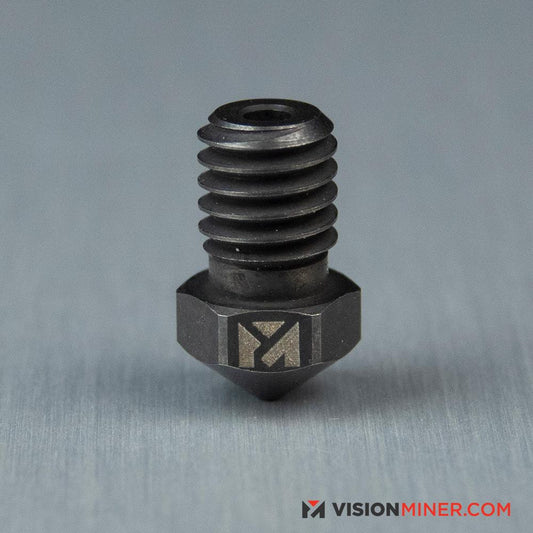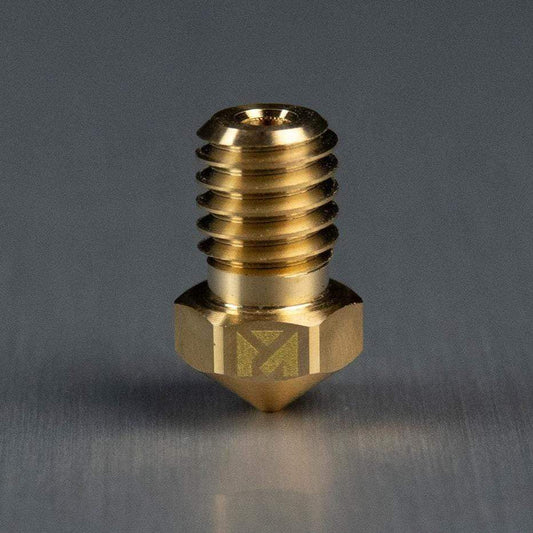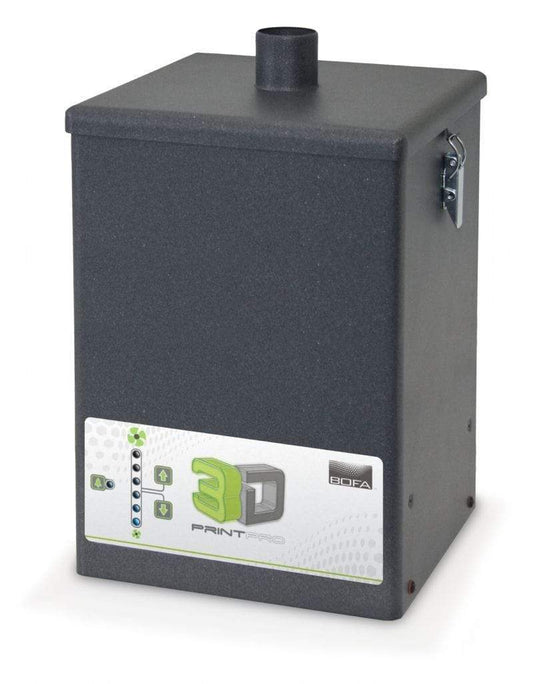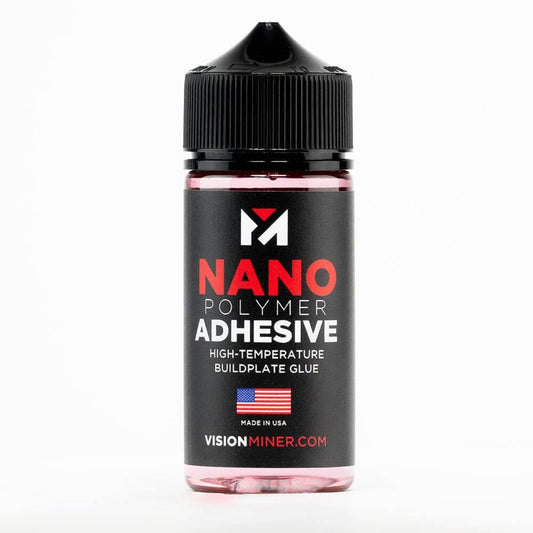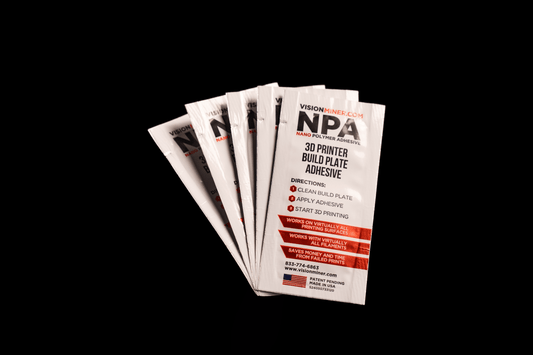Glass Plate
$79.00
Heatsink Fan - Aluminum
$85.00
Heat Blocks
$30.00–$199.00
Funmat HT HotEnd
$283.00–$286.00
Funmat HT Upgrade Kit
$454.00–$658.00
Hardened Steel Nozzle
$20.00
$27.00
Heated Bed
$229.00–$259.00
Mother Board V5
$59.00–$599.00
Heated Fan
$89.00–$189.00
Relay
$22.00
Nozzle Fan-Side
$45.00
HCB
$73.00
Feed Roll
$7.00
LED Lamp
$29.00
Motor Pulley
$7.00
Touch Panel
$102.00
Extruder Gear
$7.00
Axis Motor
$105.00–$180.00
Power Switch
$45.00–$55.00
Micro Limit Switch
$19.00
Knob Controller
$76.00
Carbon Fiber Build Plate
$149.00–$599.00
UPS Board
$79.00
Nozzle Heater
$20.00–$84.00
Nozzle Thermistor
$45.00–$94.00
Power Supply - Meanwell 600-24
$149.00
Ceramic Glass Plate
$139.00–$269.00
Quick Fittings
$4.00
Backup Power Module
$99.00
Heat Break
$10.00–$190.00
Steel Nozzle
$13.00
$26.00
Brass Nozzle
$11.00–$18.00
Motherboard Fan
$15.00
3D PrintPRO 3
$1,370.00
Nano Polymer Adhesive
$19.00–$399.00
Auto-Leveling Switch
$88.20–$104.00
Build Plate Bolts
$84.00–$112.00
Flex Insert for Extruder
$15.00
$25.00
Extruder Mounting Bracket
$38.00
$39.00
Extruder Motor Cover
$10.00–$80.00
PEEK Tube
$25.00–$29.00
PCB
$74.00–$76.00
Relay fan
$13.00
$15.00
Extruder Cover
$49.00
SD Card Reader Board
$55.00








